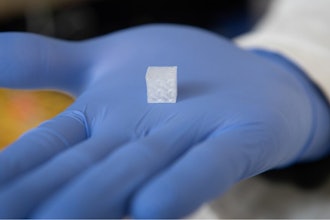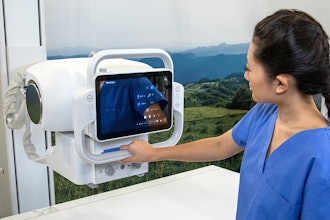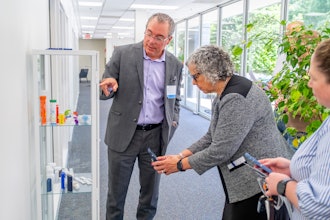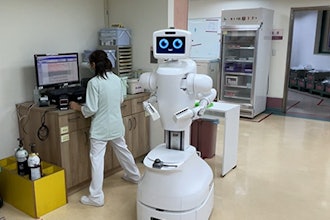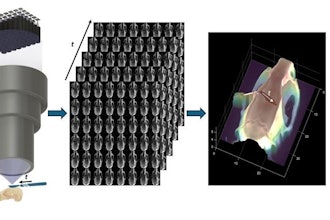A team of researchers from Chalmers University of Technology in Sweden has created an artificial joint that could restore wrist action for below-elbow amputees.
The joint is connected to a pair of implants that are directly connected to the remaining bones in forearm — the radius and ulna. The joint then connects to a prosthetic hand to restore wrist-like movement for the patient.
The work stands to improve the quality of life of amputees. Just think of every door handle that can now be turned and screwdrivers that can be used without the patient having to torque their body.
The wrist-like artificial joint acts as an interface between the two implants and the prosthetic hand. Together, this allows for more natural movements as well as sensory feedback.
According to the researchers, depending on the level of amputation, patients may still have most of the biological actuators and sensors required for wrist rotation.
The artificial joint would connect to the receptors and could allow the patient to feel, for example, when he or she is turning a key to start a car.
In tests, the artificial joint has proven to dramatically improve patients’ range of motion.









